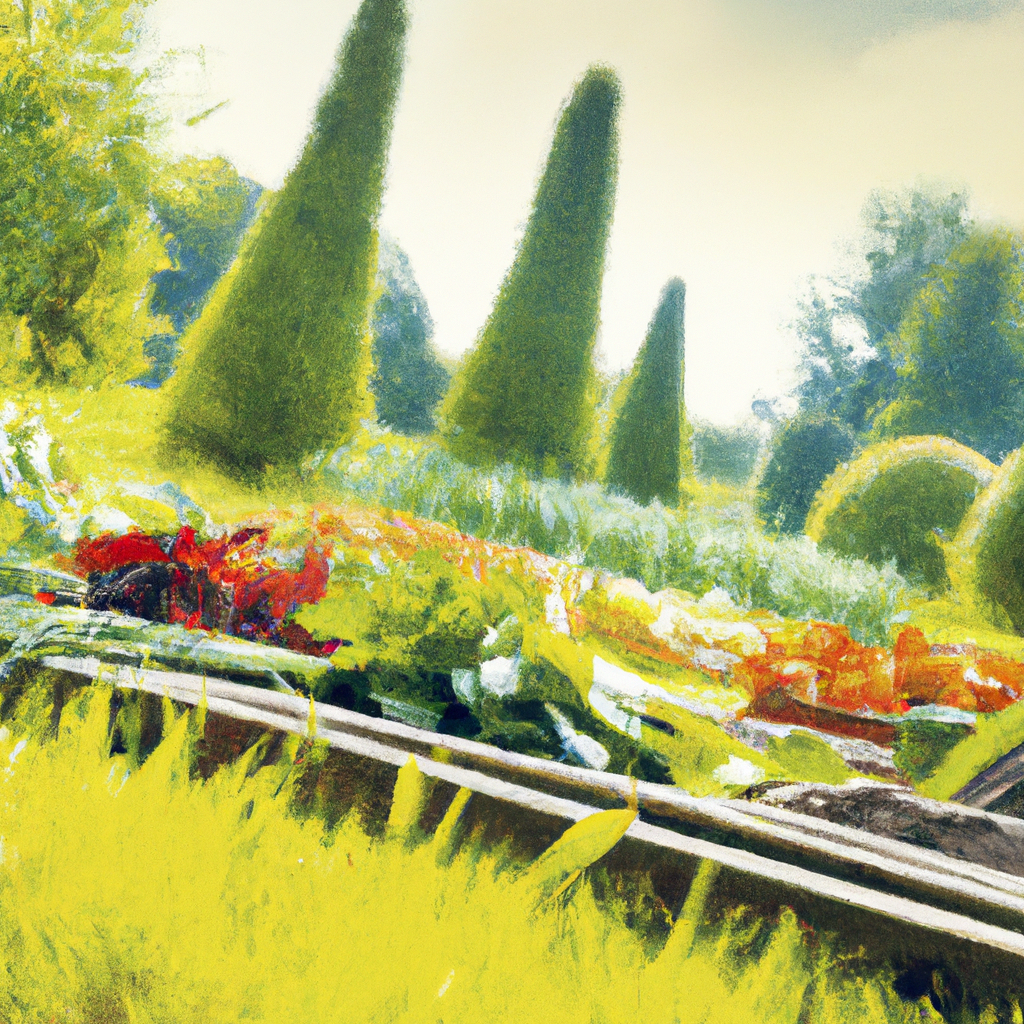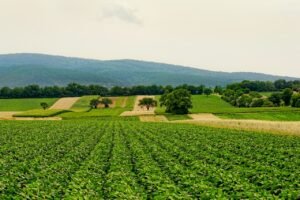
Imagine a future where cities are transformed into lush and vibrant green spaces, with crops growing in the most unexpected places. In this article, we will explore the exciting world of urban farming and the innovative methods that are revolutionizing the way we grow crops in urban environments. From vertical gardens that utilize limited space to hydroponic systems that save water, we will uncover the incredible potential of urban farming to provide sustainable food sources for our ever-growing population. Get ready to be inspired by the future of urban farming and discover how it is reshaping our cities.

Advantages of Urban Farming
Urban farming has become an increasingly popular solution to many of the challenges that cities face. By utilizing unused spaces within urban areas, urban farming offers a range of advantages.
Reduced transportation costs
One of the significant advantages of urban farming is the reduction in transportation costs. Traditional farming practices often require crops to be transported long distances from rural areas to urban centers. By growing food within the city itself, the need for transportation is minimized, resulting in significant cost savings for both farmers and consumers.
Increased access to fresh produce
Urban farming also increases access to fresh produce for urban communities. In many cities, especially underserved neighborhoods, access to fresh, healthy food is limited. By establishing urban farms, communities have a direct source of locally grown fruits, vegetables, and herbs, improving their overall nutrition and well-being.
Improved food security
Food security is another crucial advantage of urban farming. By growing food locally, cities reduce their dependence on external food sources, making them more resilient to disruptions in the food supply chain. Additionally, urban farms can help address issues of food deserts, where access to affordable and nutritious food is scarce.
Utilization of empty spaces
Urban farming allows for the utilization of empty and underutilized spaces within cities. Vacant plots of land, rooftops, and even indoor spaces can be transformed into productive farming areas. By repurposing these often neglected spaces, cities can maximize their land usage and promote sustainable urban development.
Mitigation of urban heat island effect
Another benefit of urban farming is the mitigation of the urban heat island effect. The excessive heat generated by concrete and asphalt in urban areas can contribute to higher temperatures, leading to increased energy consumption and reduced air quality. Urban farms, especially green roofs and rooftop gardens, help to counteract this effect by providing shade, reducing surface heat, and improving air quality through photosynthesis.

Challenges of Urban Farming
While urban farming offers numerous advantages, it is not without its challenges. These challenges must be addressed for urban farming to reach its full potential.
Limited space and resources
One of the main challenges of urban farming is the limited availability of space and resources. Urban areas are often densely populated, leaving little room for agriculture. Farmers must be innovative in using vertical and other space-saving farming techniques to maximize productivity in limited spaces. Additionally, limited access to fresh water and quality soil pose additional resource challenges for urban farmers.
High initial investment
Urban farming often requires a significant initial investment due to the costs associated with land acquisition, infrastructure development, and equipment. The costs of setting up greenhouses, hydroponic or aeroponic systems, and implementing automation can be prohibitive for many aspiring urban farmers. Access to funding and financial support is crucial in overcoming this challenge.
Complexity of urban ecosystems
Urban ecosystems are complex environments with a range of factors that can impact farming practices. Pollution from traffic, contamination from industrial activities, and competing land uses are all factors that urban farmers must consider when planning and implementing their farming systems. Comprehensive strategies for managing these complexities are necessary for the success of urban farming.
Risk of contamination and pollution
Urban farming also faces the risk of contamination and pollution. Urban areas are often exposed to various pollutants, including heavy metals, pesticides, and other harmful chemicals. To ensure the safety and quality of their produce, urban farmers must implement proper soil and water testing protocols and adhere to strict organic farming practices.
Labor-intensive nature of farming
Farming, regardless of the location, requires hard work and labor. However, urban farming, with its limited space and higher intensity of farming techniques, can be particularly labor-intensive. The physical demands of maintaining and managing urban farms, especially in vertical systems and rooftop gardens, present challenges in terms of finding and retaining skilled labor, as well as ensuring the economic viability of urban farms.

Vertical Farming
Vertical farming is an innovative method of urban farming that involves growing crops in vertically stacked layers or racks. This technique maximizes space utilization and enhances productivity while minimizing the need for traditional agricultural land.
Definition and concept
Vertical farming refers to the cultivation of crops in vertical stacks or layers, often in controlled environments such as greenhouses or indoor vertical farming systems. This method utilizes techniques such as hydroponics or aeroponics and incorporates artificial lighting and climate control to create optimal growing conditions for plants.
Advantages and benefits
Vertical farming offers several advantages for urban farming. Firstly, it allows for greater crop production within limited space, making it ideal for urban areas with high population density. By utilizing vertical space, farmers can grow multiple layers of crops, increasing the overall yield per square foot of land.
Additionally, vertical farming provides better control over environmental factors such as temperature, humidity, and light, resulting in higher crop yields and quality. It also minimizes the need for pesticides and herbicides, creating a healthier and more sustainable farming system.
Different types of vertical farming systems
There are various types of vertical farming systems, including tower gardens, vertical hydroponic farms, and indoor vertical farms. Tower gardens are freestanding structures with multiple layers of planting pockets, allowing for the cultivation of a variety of crops. Vertical hydroponic farms use vertical racks or structures with troughs or shelves to grow plants hydroponically, providing a continuous flow of nutrients and water.
Indoor vertical farming systems entail growing plants in vertically-stacked shelves or racks within a controlled environment, often using artificial lighting and climate control systems. These systems are highly efficient and can be implemented in various urban settings.
Role of technology and automation
Technology and automation play a vital role in vertical farming operations. Sensor-based monitoring systems, climate controls, and automated nutrient delivery systems allow for precise control and optimization of growing conditions. Additionally, advances in LED lighting technology have significantly improved the ability to provide optimal light spectra for plant growth, further increasing crop productivity in vertical farming systems.
Case studies of successful vertical farms
There are numerous successful examples of vertical farms around the world. One notable example is the “Green Sense Farms” in Indiana, USA, which operates a vertical farm with over 25,000 square feet of growing space. They have optimized their vertical farming system to grow a wide variety of leafy greens and herbs, supplying local restaurants and grocery stores.
Another successful vertical farming company is “Infarm” in Berlin, Germany. They specialize in modular indoor vertical farms that can be installed in supermarkets, restaurants, and other urban locations. Infarm’s innovative approach allows for the cultivation of fresh herbs and greens directly at the point of sale, reducing transportation and ensuring maximum freshness.
The success of these and other vertical farms demonstrates the potential and scalability of vertical farming as a viable solution for urban agriculture.








